Motherhood & Meth
Soaring methamphetamine addiction in Fresno County is driving an increase in child abuse and neglect, creating conditions one veteran child abuse specialist says are the worst he's ever seen.
Three women recount the devastating impact meth addiction has had on their families, their children, and their community.
Scroll down for full story
The Comeback
Methamphetamine addiction has plagued the Central Valley since the 1980s. Homemade meth labs began spreading; cooks made the drug from household products such as paint thinner, acetone, and battery acid.
By the year 2000, meth addiction became an epidemic in the entire United States and a significant concern for the federal government. Domestic production declined dramatically after Congress passed the Combat Methamphetamine Act in 2005 (CMEA), which put strict regulations on purchasing the precursor chemicals needed to make meth.
As meth production in the United States slowed, Mexican drug cartels pivoted toward meth. Once California legalized medical marijuana in 2003, they earned significantly less from marijuana.
They began bringing meth across the Southwest border in liquid form. It is then crystallized here in places known as conversion labs.
Methamphetamine Seizures Across Southwest United States
Percent change from 2015 to 2016

Source: DEA and U.S. Customs and Border Protection
The two major border regions in Californa, San Diego and El Centro, saw the highest increase of methamphetamine seizures, along the Southwest Border. The amount of meth seized at the California border was higher than in the eastern neighboring states; Arizona, New Mexico, and Texas. It was also higher than any other border in the United States.
Meth in California
The Combat Methamphetamine Act was successful in preventing the production of meth in the United States, but it has not taken it off of the streets. Meth seizures by police hit record highs in 2012.
California Meth Seizures 1990-2016
Meth addiction has tightened its grip on the city of Fresno. As the drug becomes more available, it’s had a devastating effect on the children of addicts.
Impact on Children
Price & Potency
Profitability for cartels has soared because, with little regulation in Mexico, they have developed ways to produce the drug on an industrial scale.
“It’s easier for them to make it in Mexico,” Ruzzamenti said. “They bring it across the border in liquid form, so it’s easy to conceal. There is more meth on the streets than there has ever been.”
Cartels are producing the purest meth most law enforcement officials have ever seen, and its price has decreased substantially over the last few years. The average cost for an ounce of methamphetamine dropped from nearly $968 in 2013 to around $250 in 2016.
Someone who uses meth every day will consume one gram - or 1/28th of an ounce - roughly every four days. The combination of pure and cheap makes it more challenging for addicts to kick their habit. The drug is less expensive than heroin and cocaine, it’s easier to purchase than opioids, and the high lasts significantly longer.
Domestic Methamphetamine Price and Potency
Rescue the Children
Mothers struggling with addiction can find help at Rescue the Children, an 18-month in-patient rehabilitation center in Fresno. It is the only treatment center for women in the county that allows children to live with their mothers during recovery.
At dusk, the harsh golden light of the Central Valley beams through the cast iron fence that surround Rescue the Children. The idyllic campus is isolated from the rest of the city; women can find refuge from their past lives. Many are trying to escape drug or alcohol addiction, sex work, domestic violence, and homelessness. There are 29 women currently enrolled in the program and 31 children live on campus. It can hold up to 40 women and 100 children. An additional 10 children visit their mothers on the weekend. In the evening you can see children playing tag with one another in the courtyard. The women are given a drug test every week, and if they fail, they are asked to leave for 30 days.
On Wednesday nights, Jessica Gonzalez, 29, starts her shift at Rescue the Children at 4 p.m. After completing the program for addiction to methamphetamine last October, she was hired to work at the center as a counselor. She had entered the program skeptical after serving time on burglary and gang enhancement charges. It took two months for her to commit to her sobriety. She is now attempting to piece her life back together and regain custody of her two sons, ages 6 and 7.
Rising Abuse and Neglect Allegations
In Fresno County, child abuse and neglect allegations have increased by more than 30 percent this century. This increase is attributed to several factors, including more reporting because of raised awareness. But one veteran child abuse specialist ties it to the growth in methamphetamine addiction.
Dr. Philip Hyden has worked as a child abuse specialist all over the country for more than 30 years. He came to Fresno in 2010, when he was offered the position of medical director at the hospital’s child abuse prevention and treatment center. The hospital is the valley’s largest provider or care for children and families, and only abuse prevention and treatment center.
In 2016, the hospital raised $5 million to expand its child abuse clinic to meet increasing demand. No scientific research directly correlates methamphetamine addiction to child abuse or neglect, but Hyden says meth addiction is involved in the majority of the 1,000 abuse cases the clinic sees each year.
Meth & Pregnancy
Cynthia Ramos took her first hit of methamphetamine over 40 years ago. She was in the seventh grade and decided to try it because she didn’t like weed and it was the next drug being shared by her peers.
“Well, I liked meth because it gave me energy. I felt almost indestructible,” Cynthia said. “I wanted to feel as good as everyone else because I never felt like it before. When I was high, I felt like I was somebody.”
It wasn’t long before she started using meth every day. She would pool her lunch money with her friends to buy as much meth as they could. Cynthia used drugs to escape painful parts of her past. She says it makes her forget about that pain. The chemical structure of methamphetamine is similar to that of dopamine, the chemical our brain produces when we are feeling happy.
By the time Cynthia was in her 20s, she was using $100 of drugs a day. She was homeless and living near a cluster of motels known as Motel Drive, where people hustle daily to make enough money to rent a bed for the night. She wasn’t working and relied on selling stolen items to support her drug habit.
At 29, she met her son’s father while drinking coffee in a diner near Motel Drive. He asked her why she was living on the street, and she told him the truth. She is an addict.
They formed a relationship, and she moved in with him under one condition, she had to stop using drugs. She kept her promise and within the first few months of their relationship she found out she was pregnant. A sense of anxiety quickly replaced her excitement. Cynthia was worried she had used drugs at the beginning of her pregnancy. She was nearing the end of her third trimester when she found out.
“They wanted to do an ultrasound right away because I had been a heavy drug user for years,” she said. “I wanted this baby to be healthy. I wanted to do everything I could to make sure it was.”
Her proudest accomplishment in life is staying clean throughout her entire pregnancy. The fear of relapsing never left her during those early years of her son’s life. Her father helped her, and her husband purchase their first home for their family, located next door to her grandmother’s house. Cynthia began working as an at-home care aide for older adults. She started taking care of her uncle in the last years of his life.
Her biggest fear came true when one of her neighbors brought out meth during a pool party one afternoon. She snorted a line of powdered meth, and it sent her into a spiral that would lead to divorce and losing contact with her son.
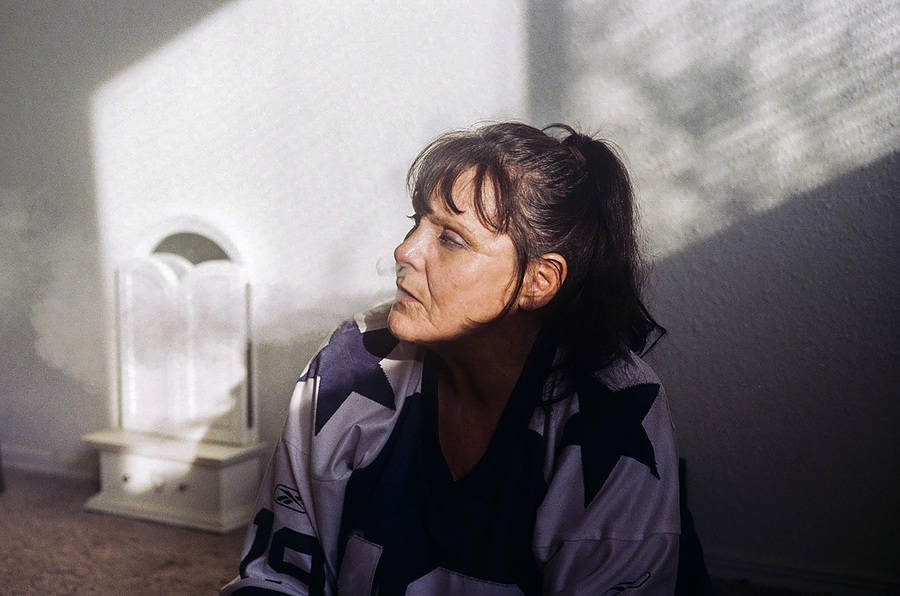

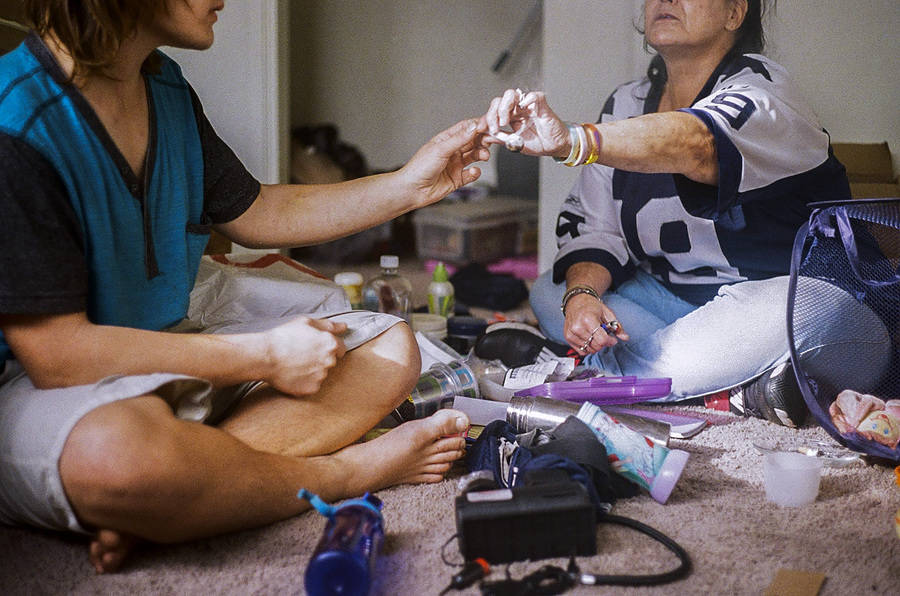
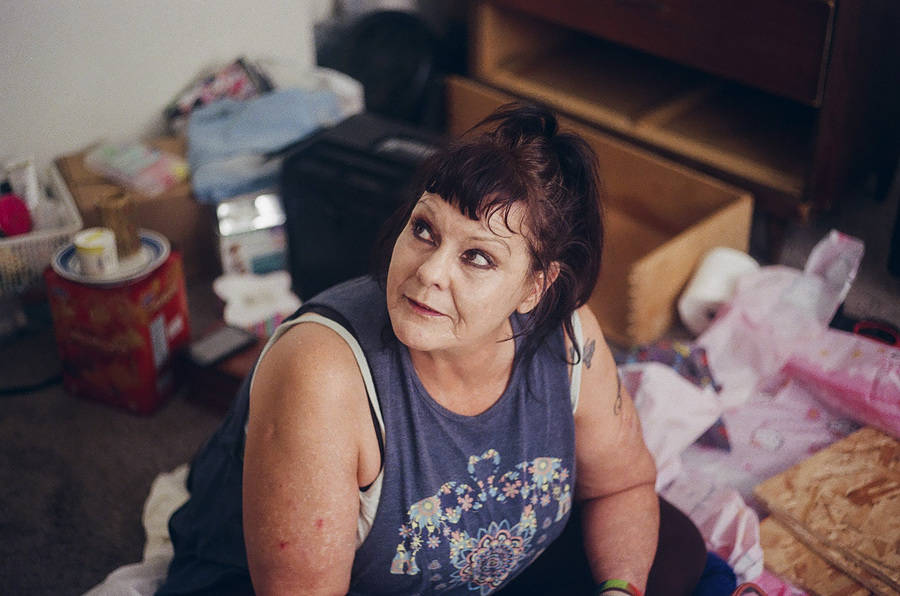

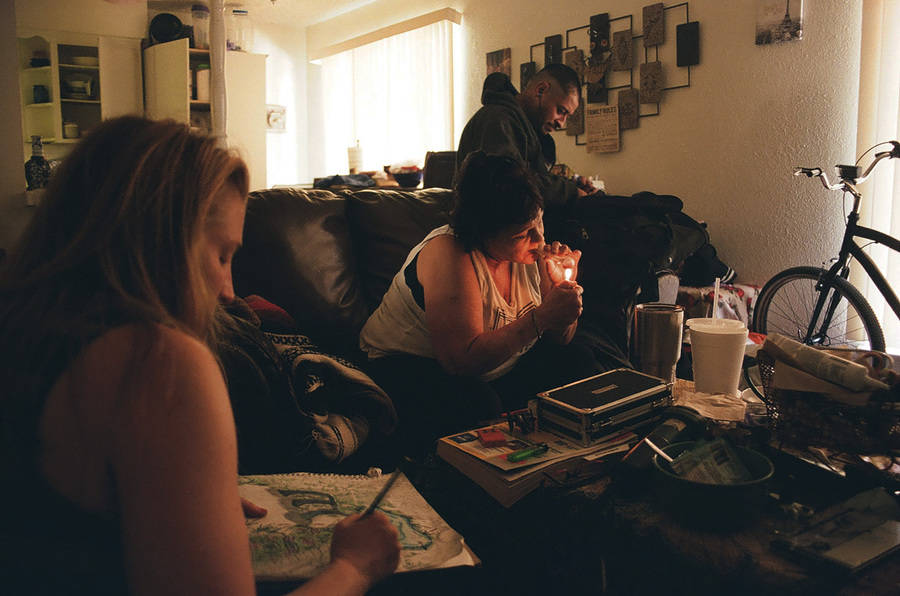
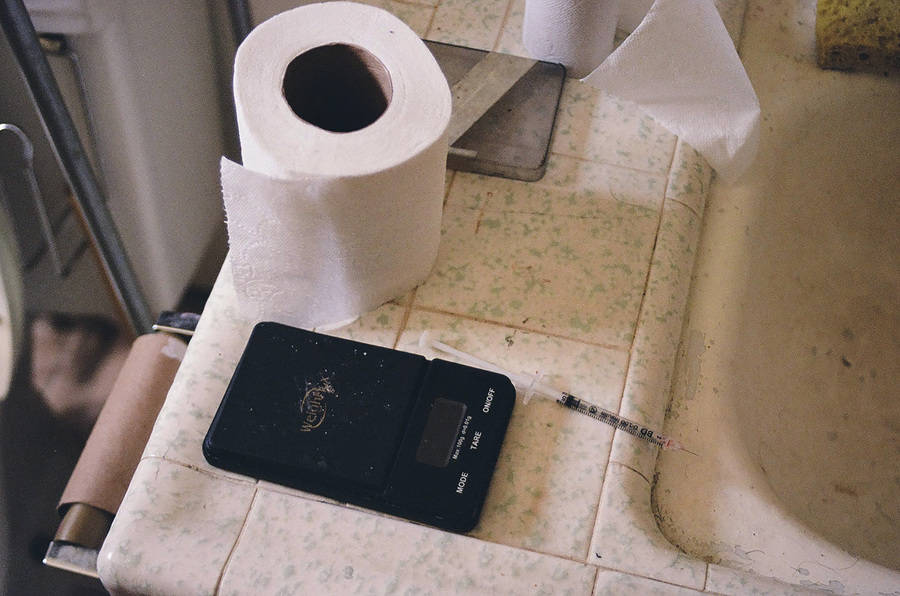
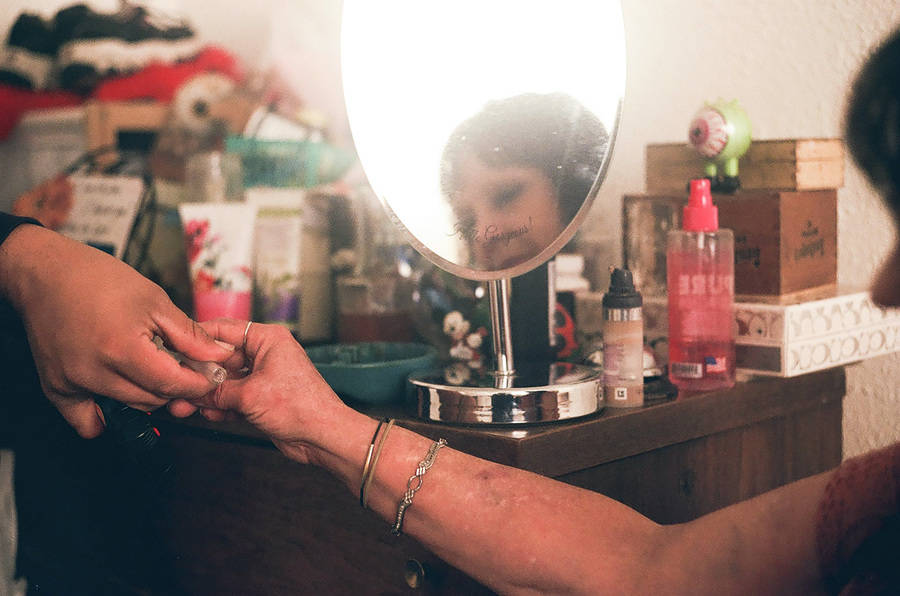
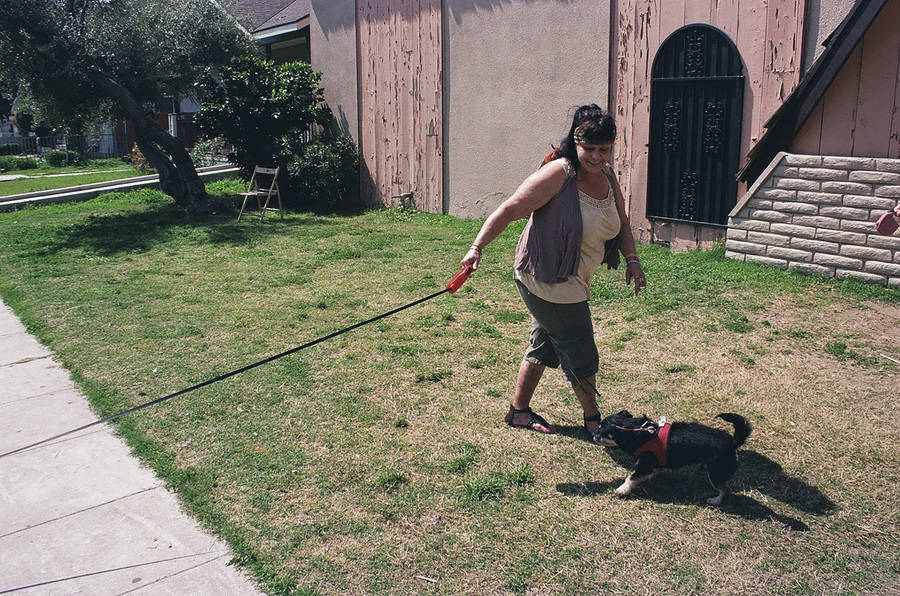
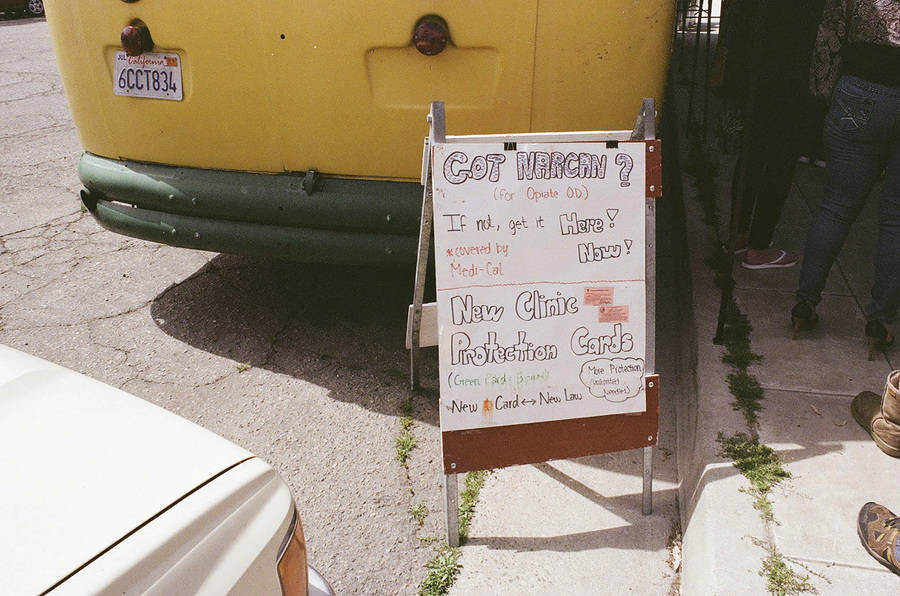
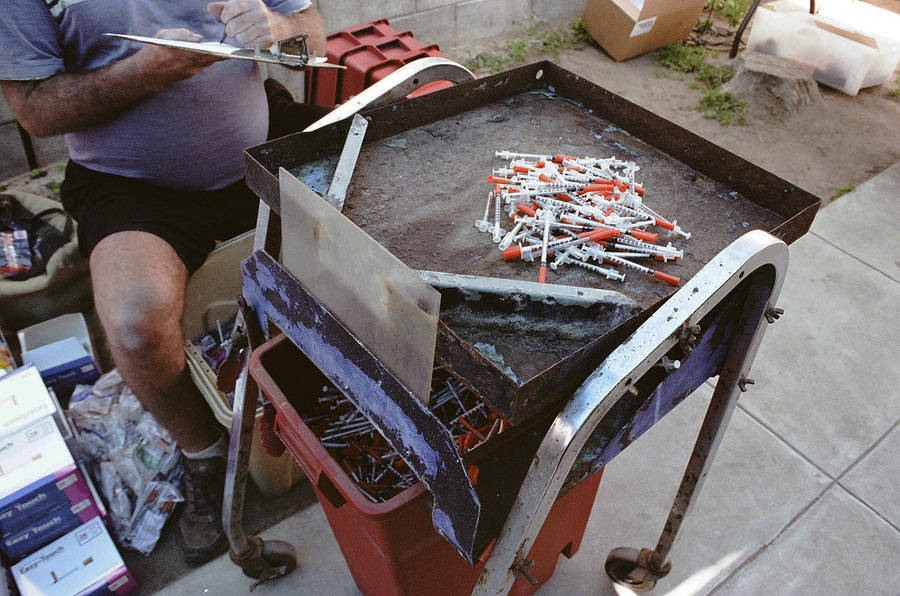
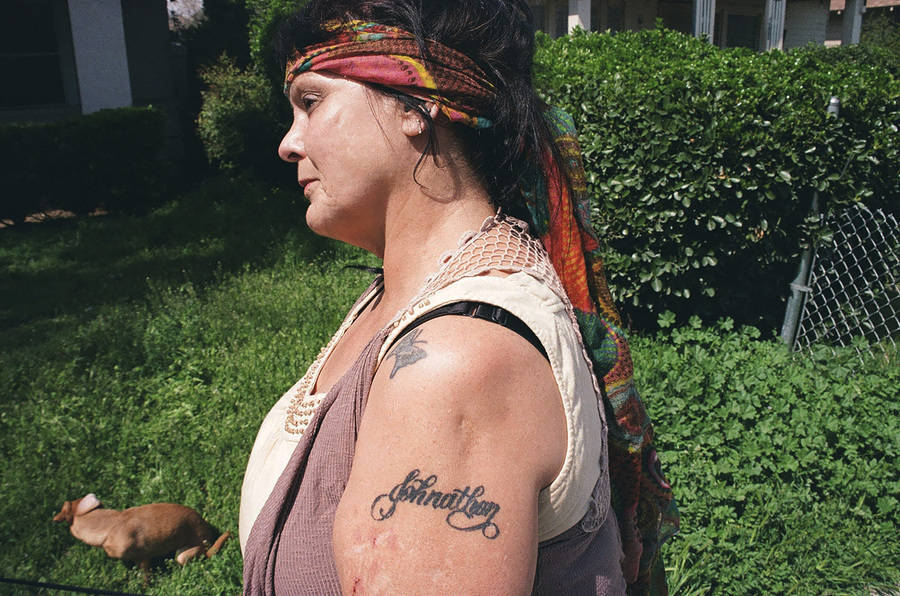
After years of ignoring the painful parts of her past, she felt like everything was crashing down on her at once. As a child, she was sexually abused and she said she never worked through any of that trauma. Additionally, she was dealing with the pain of her father’s death, trying to care for her aging uncle, and struggling with depression.
Cynthia’s son is now in his late twenties, living near Fresno. She hasn’t spoken to him for four years. The last time she saw him, she showed up at his job to talk, but he asked her to leave.
“He stopped telling me he loved me at 12,” she said. “I neglected him, and I deserve to feel this way because this is how I made my son feel.”